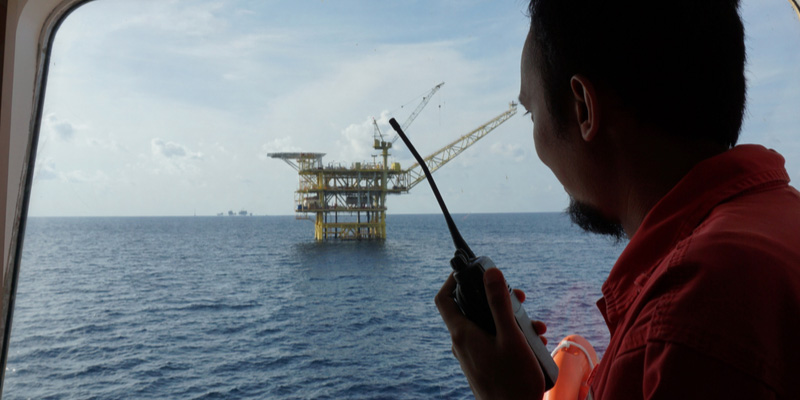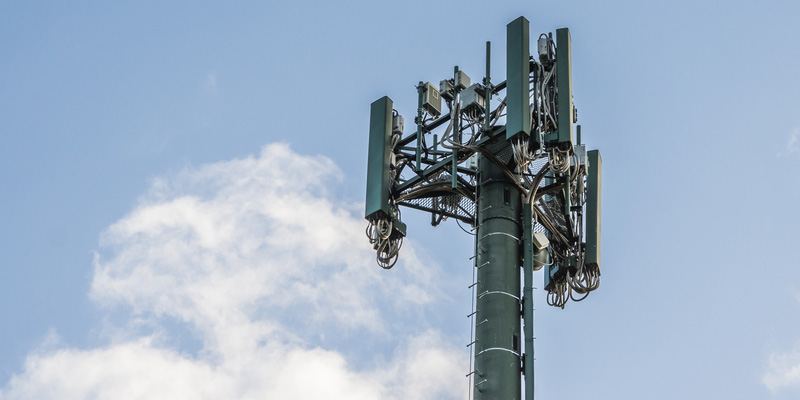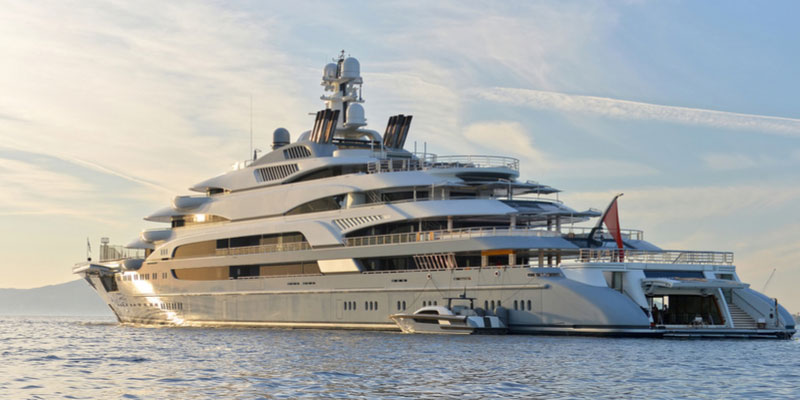Site surveys are essential to ensure desired operations by assessing the Radio Frequency (RF) and how it reacts in a specific location or environment. Without proper assessment and planning, there are range of issues that will crop up regarding poor coverage.
It is not unheard of for site surveys to be glossed over or improperly conducted, hence why wireless signals for cellular or two-way radios are poor in many buildings. This is especially true for large buildings in dense urban areas. Thick concrete and metal creates areas that are difficult for wireless signals to penetrate, leading to weak, inconsistent, or even non-existent service. This slows down business and can turn disastrous if first responders are unable to communicate in an emergency. In Miami, and a growing number of cities, the latest regulations require the proper equipment to ensure seamless communication for first responder radios.
A site survey will tell you if you need an in-building radio system (donor antenna system, bi-directional amplifier, and distributed antenna system), as well as how to best design the system. Property size, building layout, and signal strength are just some of the factors that may influence custom enhancement systems.
We offer free pre-testing of signal strength levels and site surveys. Pre-construction? We offer quotes based off floor plans. Contact us today to learn more.
4 Benefits to Undergoing a Wireless Site Survey
Save Money & Protect Productivity
A wireless site survey will identify signal strength at all points of your building, creating the foundations for a solid radio enhancement system. It offers information about where to put access points to get around poor signal and interference. Guessing how many APs you need and where to place them can result in poor signals and dead spots if you don’t install enough. This can hurt your bottom line. Plus, if you install too many APs, you’re wasting money at no real benefit.
It is not cost-effective or productive to install enhancement equipment without a site survey. That’s why all in-building wireless enhancement systems designed and installed by Highland Wireless come with a free site survey.
Identify Problem Areas
Different aspects of a building or property can interfere with signal strength, such as a pole, extra-thick walls, the presence of metal, or even temperature fluctuations. A site survey can identify problem spots, while citing solutions to fix issues.
Wireless Site Surveys Help Protect Safety
In an emergency, poor signal strength can disable first responders from communicating. In the past, this has led to devastating outcomes. By ensuring your building, campus, or property offers adequate coverage, you could ultimately save lives and reduce panic in an emergency.
Site Surveys Also Help Protect Security
The security of your business is important and a site survey helps protect it by serving as the foundation for a solid and secure network for authorized devices. By selecting the location of your APs, you can proactively optimize network security. For instance, a site survey can locate areas with better security and can even help meet compliance regulations.
Get a Free Site Survey
Highland Wireless offers free pre-signal testing strength and site surveys. Contact us today to learn more.





